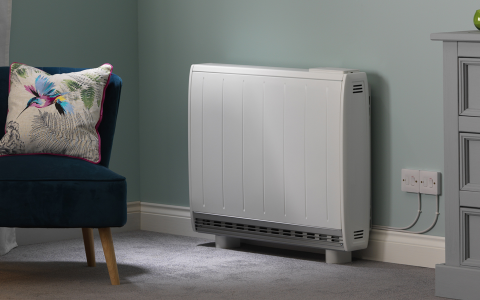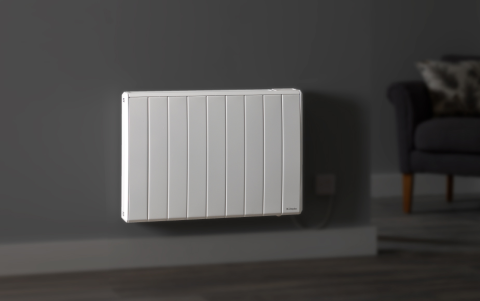Building Regulations in England & Parts L, F and O
With the transitional period now over, the updated 2022 Building Regulations Part L, Part F, and the new Part O, became legally enforceable for all new residential projects.
This is the biggest regulatory change the construction sector has seen in the last 40 years and a stepping stone in our transition away from fossil fuel systems toward decarbonised homes and the electrification of heat - and ultimately, the Future Homes Standard. This shift will impact the way we design buildings and specify technologies.
Have you decided which technologies to specify to achieve compliance for your next residential project?
The new English Building Regulations came into law on the 15th of June 2021. For projects with existing planning permission there is one year transitional arrangements period that applies on plot-by plot basis.
The updated Part L outlines the four compliance metrics for new developments: primary energy target, carbon emissions target, fabric energy efficiency target, and minimum standards for building fabric and building services.
The ventilation system choice under the updated Part F is linked to aritightness as we look to increase indoor air quality. New Part O offers modelling to help mitigate the risk of overheating in buildings.
We designed a simple guide to the changes to Part L and Part F, and the new Part O, and discuss what they may mean for your project.
Our range of HVAC solutions aim to provide future proof technologies to building projects over various sectors.
Request our presentation on Building Regulation changes that answer the most frequently asked questions.
Latest News
Our news section cover building regulations, what the changes to Part L, F, and the new Part of O entail, and what this means for HVAC specification.

Winter Warmth Made Simple: Dimplex's Essential Guide to Heating
As we leave the cosy atmosphere of autumnal Britain and begin to welcome in the chill of winter, so many of us are taking shelter more often in the comfort and warmth of our homes, shutting out the elements and becoming reacquainted with our blankets and thicker duvets. The lower temperatures also bring more demand on our home heating systems.
Address building regulations with low carbon electric water heating from Dimplex

Whole-home space and water heating solution with Dimplex Quantum, Q-Rad and Edel
For homeowners seeking an efficient, cost-effective, and eco-friendly way to heat their homes and provide hot water, Dimplex offers a complete solution with Quantum high heat retention storage heaters, Q-Rad electric radiators, and Edel hot water heat pumps. Together, these cutting-edge products create an all-in-one, integrated space heating and hot water solution that delivers comfort and sustainability without compromise.











